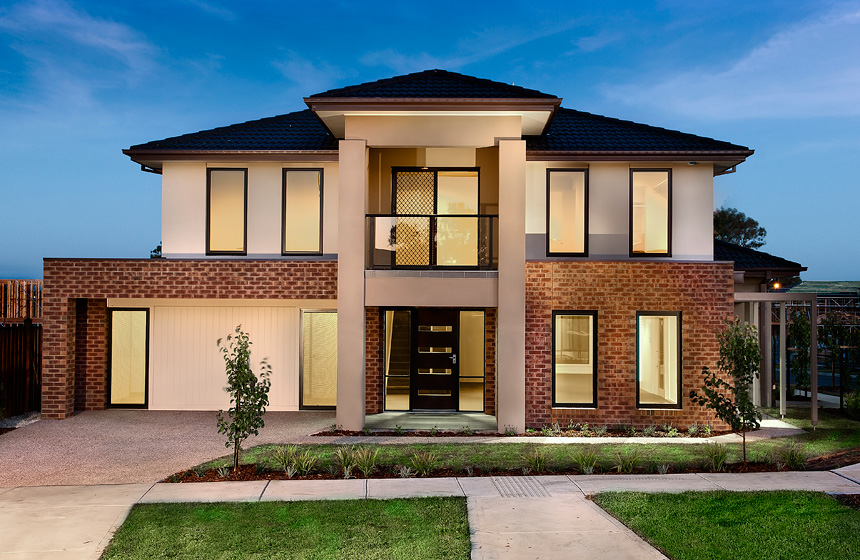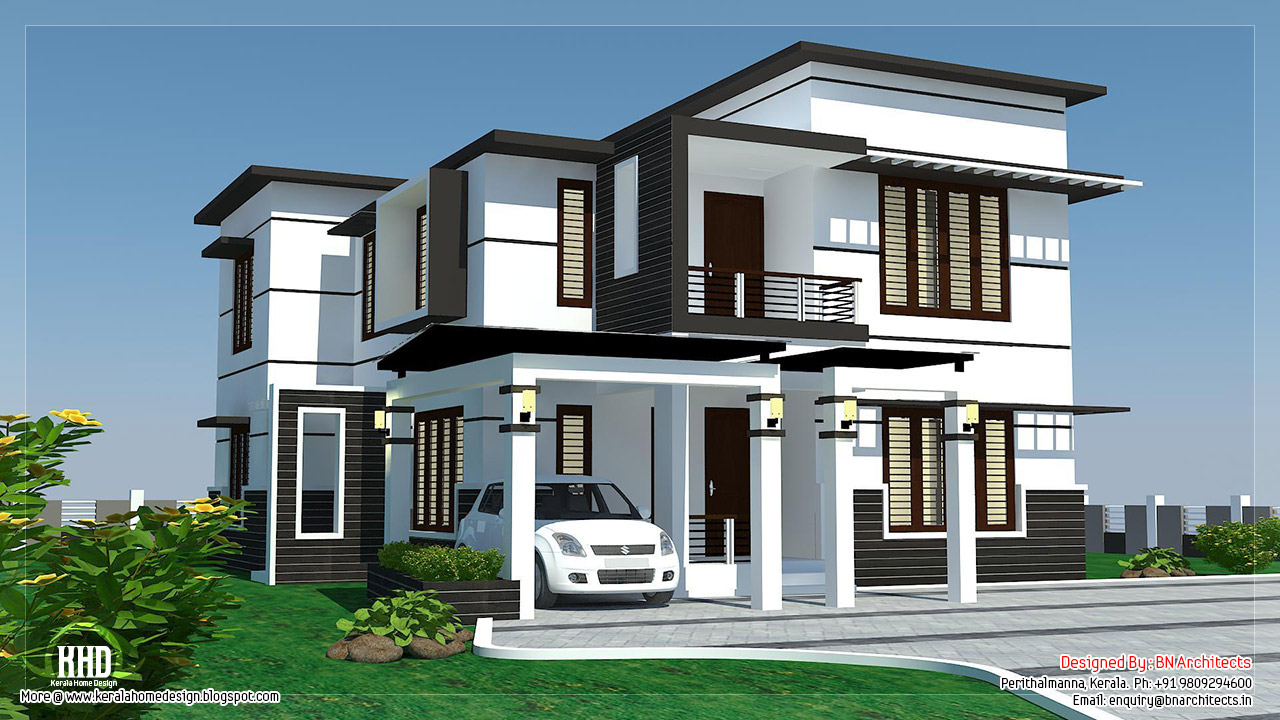
Typical interior of one of the houses in the Folk Architecture Reservation within Vlkolínec (Slovakia)During the past, decorations were put together instinctively as a part associated with the process of creating.[1] The occupation of interior design provides been a consequence of the development of society and the complex architecture that has resulted from the growth of commercial processes. The particular pursuit of effective usage of space, user well-being plus functional design has contributed towards the development of the modern day interior design profession. The particular profession of interior style is separate and unique from the role of interior decorator, a expression commonly used in the US. The term is less common in the UK where the profession associated with interior design is still unregulated and therefore, strictly speaking, not yet officially a profession.In ancient India, architects used to work because interior designers. This can be noticed from the references associated with Vishwakarma the architect - one of the gods in Indian mythology. Furthermore, the sculptures depicting historic texts and events are seen in palaces built in 17th-century India.Within ancient Egypt, "soul houses" or models of houses were placed in tombs as receptacles for food offerings. From these, this is possible to detect details about the interior style of different residences all through different Egyptian dynasties, this kind of as changes in venting, porticoes, columns, loggias, home windows, and doors.[2]Throughout the 17th and 18th century and into the earlier 19th century, interior decor was your concern of the particular homemaker, or an used upholsterer or craftsman who would advise on the artistic style for a good interior space. Architects might also employ craftsmen or even artisans to complete interior design for their buildings.Commercial interior design plus administrationIn the mid-to-late 19th century, interior design services expanded greatly, since the middle class in business countries grew in size and prosperity and started to desire the domestic trappings of wealth in order to cement their new status. Large furniture companies began to branch out directly into general interior design and management, offering full home furnishings in a variety of styles. This business model flourished through the mid-century to 1914, when this role had been increasingly usurped by impartial, often amateur, designers. This paved the way regarding the emergence from the expert interior design in the mid-20th century.[3]Illustrated catalog of the Adam Shoolbred Company, published within 1876.In the 1950s and sixties, upholsterers began to increase their business remits. They will framed their business more broadly and artistic conditions and began to advertise their furnishings to the open public. To meet the increasing demand for contract interior work on projects this kind of as offices, hotels, and public buildings, these companies became much larger and more complex, employing builders, joiners, plasterers, textile designers, performers, and furniture designers, and also engineers and technicians in order to fulfil the job. Firms started to publish and circulate catalogs with prints for different lavish styles to attract the interest of expanding middle classes.[3]As department stores increased in number and size, retail spaces within shops were furnished in different designs as examples for clients. One particularly effective advertising tool was to set up model rooms at national and international displays in showrooms for that open public to see. Some of the pioneering firms in this regard were Waring & Gillow, James Shoolbred, Mintons, and Holland and Sons. These traditional top quality furniture making businesses began to play a significant role as advisers to unsure middle class customers upon taste and style, and started out taking out contracts to design and provide the interiors of numerous essential buildings in Britain.[4]This type of firm emerged in America after the Civil War. The Herter Brothers, founded simply by two German emigre brothers, commenced as an furniture warehouse and became one of the first companies of furniture makers and interior decorators. Using their own design office plus cabinet-making and upholstery workshops, Herter Brothers were ready to accomplish every aspect associated with interior furnishing including decorative paneling and mantels, wall and ceiling decoration, designed floors, and carpets plus draperies.[5]Illustration through The Grammar of Ornament (1856), by interior designer Owen Jones.A crucial figure in popularizing theories of interior design to the middle class was the architect Owen Jones, a single of the most important design theorists of the nineteenth century.[6] Jones' first project has been his most important—in 1851 he was in charge of not really only the decoration associated with Joseph Paxton’s gigantic Amazingly Palace for the Great Exhibition, but also for the particular arrangement of the exhibits within. He chose a controversial palette of reddish, yellow, and blue regarding the interior ironwork plus, despite initial negative advertising in the newspapers, was eventually unveiled by California king Victoria to much essential acclaim. His most important publication was The Sentence structure of Ornament (1856),[7] in which Jones formulated 37 key principles of home design and decor.Jones was employed by some of the leading interior design companies of the particular day; in the 1860s he worked in collaboration with the London company Jackson and Graham to produce furniture and additional fittings for high-profile customers including art collector Alfred Morrison and the Khedive of Egypt, Ismail Pasha.In 1882, the Greater london Directory of the Article Office listed 80 interior decorators. Probably the most distinguished companies of the period had been Crace, Waring as well as Gillow and Holland as well as Kids; famous decorators utilized by these types of businesses included Thomas Edward Collcutt, Edward William Godwin, Charles Barry, Gottfried Semper, and George Edmund Road.[8]Transition to expert interior design
Related Images with Brunei Homes Designs \u00bb Modern Home Designs
November 2012 Kerala home design and floor plans

Best Modern House Design Plans \u2014 Joanne Russo HomesJoanne

September 2015 Kerala home design and floor plans

Simple Design Home Awesome Unique Simple House Designs In

 Typical interior of one of the houses in the Folk Architecture Reservation within Vlkolínec (Slovakia)During the past, decorations were put together instinctively as a part associated with the process of creating.[1] The occupation of interior design provides been a consequence of the development of society and the complex architecture that has resulted from the growth of commercial processes. The particular pursuit of effective usage of space, user well-being plus functional design has contributed towards the development of the modern day interior design profession. The particular profession of interior style is separate and unique from the role of interior decorator, a expression commonly used in the US. The term is less common in the UK where the profession associated with interior design is still unregulated and therefore, strictly speaking, not yet officially a profession.In ancient India, architects used to work because interior designers. This can be noticed from the references associated with Vishwakarma the architect - one of the gods in Indian mythology. Furthermore, the sculptures depicting historic texts and events are seen in palaces built in 17th-century India.Within ancient Egypt, "soul houses" or models of houses were placed in tombs as receptacles for food offerings. From these, this is possible to detect details about the interior style of different residences all through different Egyptian dynasties, this kind of as changes in venting, porticoes, columns, loggias, home windows, and doors.[2]Throughout the 17th and 18th century and into the earlier 19th century, interior decor was your concern of the particular homemaker, or an used upholsterer or craftsman who would advise on the artistic style for a good interior space. Architects might also employ craftsmen or even artisans to complete interior design for their buildings.Commercial interior design plus administrationIn the mid-to-late 19th century, interior design services expanded greatly, since the middle class in business countries grew in size and prosperity and started to desire the domestic trappings of wealth in order to cement their new status. Large furniture companies began to branch out directly into general interior design and management, offering full home furnishings in a variety of styles. This business model flourished through the mid-century to 1914, when this role had been increasingly usurped by impartial, often amateur, designers. This paved the way regarding the emergence from the expert interior design in the mid-20th century.[3]Illustrated catalog of the Adam Shoolbred Company, published within 1876.In the 1950s and sixties, upholsterers began to increase their business remits. They will framed their business more broadly and artistic conditions and began to advertise their furnishings to the open public. To meet the increasing demand for contract interior work on projects this kind of as offices, hotels, and public buildings, these companies became much larger and more complex, employing builders, joiners, plasterers, textile designers, performers, and furniture designers, and also engineers and technicians in order to fulfil the job. Firms started to publish and circulate catalogs with prints for different lavish styles to attract the interest of expanding middle classes.[3]As department stores increased in number and size, retail spaces within shops were furnished in different designs as examples for clients. One particularly effective advertising tool was to set up model rooms at national and international displays in showrooms for that open public to see. Some of the pioneering firms in this regard were Waring & Gillow, James Shoolbred, Mintons, and Holland and Sons. These traditional top quality furniture making businesses began to play a significant role as advisers to unsure middle class customers upon taste and style, and started out taking out contracts to design and provide the interiors of numerous essential buildings in Britain.[4]This type of firm emerged in America after the Civil War. The Herter Brothers, founded simply by two German emigre brothers, commenced as an furniture warehouse and became one of the first companies of furniture makers and interior decorators. Using their own design office plus cabinet-making and upholstery workshops, Herter Brothers were ready to accomplish every aspect associated with interior furnishing including decorative paneling and mantels, wall and ceiling decoration, designed floors, and carpets plus draperies.[5]Illustration through The Grammar of Ornament (1856), by interior designer Owen Jones.A crucial figure in popularizing theories of interior design to the middle class was the architect Owen Jones, a single of the most important design theorists of the nineteenth century.[6] Jones' first project has been his most important—in 1851 he was in charge of not really only the decoration associated with Joseph Paxton’s gigantic Amazingly Palace for the Great Exhibition, but also for the particular arrangement of the exhibits within. He chose a controversial palette of reddish, yellow, and blue regarding the interior ironwork plus, despite initial negative advertising in the newspapers, was eventually unveiled by California king Victoria to much essential acclaim. His most important publication was The Sentence structure of Ornament (1856),[7] in which Jones formulated 37 key principles of home design and decor.Jones was employed by some of the leading interior design companies of the particular day; in the 1860s he worked in collaboration with the London company Jackson and Graham to produce furniture and additional fittings for high-profile customers including art collector Alfred Morrison and the Khedive of Egypt, Ismail Pasha.In 1882, the Greater london Directory of the Article Office listed 80 interior decorators. Probably the most distinguished companies of the period had been Crace, Waring as well as Gillow and Holland as well as Kids; famous decorators utilized by these types of businesses included Thomas Edward Collcutt, Edward William Godwin, Charles Barry, Gottfried Semper, and George Edmund Road.[8]Transition to expert interior design
Typical interior of one of the houses in the Folk Architecture Reservation within Vlkolínec (Slovakia)During the past, decorations were put together instinctively as a part associated with the process of creating.[1] The occupation of interior design provides been a consequence of the development of society and the complex architecture that has resulted from the growth of commercial processes. The particular pursuit of effective usage of space, user well-being plus functional design has contributed towards the development of the modern day interior design profession. The particular profession of interior style is separate and unique from the role of interior decorator, a expression commonly used in the US. The term is less common in the UK where the profession associated with interior design is still unregulated and therefore, strictly speaking, not yet officially a profession.In ancient India, architects used to work because interior designers. This can be noticed from the references associated with Vishwakarma the architect - one of the gods in Indian mythology. Furthermore, the sculptures depicting historic texts and events are seen in palaces built in 17th-century India.Within ancient Egypt, "soul houses" or models of houses were placed in tombs as receptacles for food offerings. From these, this is possible to detect details about the interior style of different residences all through different Egyptian dynasties, this kind of as changes in venting, porticoes, columns, loggias, home windows, and doors.[2]Throughout the 17th and 18th century and into the earlier 19th century, interior decor was your concern of the particular homemaker, or an used upholsterer or craftsman who would advise on the artistic style for a good interior space. Architects might also employ craftsmen or even artisans to complete interior design for their buildings.Commercial interior design plus administrationIn the mid-to-late 19th century, interior design services expanded greatly, since the middle class in business countries grew in size and prosperity and started to desire the domestic trappings of wealth in order to cement their new status. Large furniture companies began to branch out directly into general interior design and management, offering full home furnishings in a variety of styles. This business model flourished through the mid-century to 1914, when this role had been increasingly usurped by impartial, often amateur, designers. This paved the way regarding the emergence from the expert interior design in the mid-20th century.[3]Illustrated catalog of the Adam Shoolbred Company, published within 1876.In the 1950s and sixties, upholsterers began to increase their business remits. They will framed their business more broadly and artistic conditions and began to advertise their furnishings to the open public. To meet the increasing demand for contract interior work on projects this kind of as offices, hotels, and public buildings, these companies became much larger and more complex, employing builders, joiners, plasterers, textile designers, performers, and furniture designers, and also engineers and technicians in order to fulfil the job. Firms started to publish and circulate catalogs with prints for different lavish styles to attract the interest of expanding middle classes.[3]As department stores increased in number and size, retail spaces within shops were furnished in different designs as examples for clients. One particularly effective advertising tool was to set up model rooms at national and international displays in showrooms for that open public to see. Some of the pioneering firms in this regard were Waring & Gillow, James Shoolbred, Mintons, and Holland and Sons. These traditional top quality furniture making businesses began to play a significant role as advisers to unsure middle class customers upon taste and style, and started out taking out contracts to design and provide the interiors of numerous essential buildings in Britain.[4]This type of firm emerged in America after the Civil War. The Herter Brothers, founded simply by two German emigre brothers, commenced as an furniture warehouse and became one of the first companies of furniture makers and interior decorators. Using their own design office plus cabinet-making and upholstery workshops, Herter Brothers were ready to accomplish every aspect associated with interior furnishing including decorative paneling and mantels, wall and ceiling decoration, designed floors, and carpets plus draperies.[5]Illustration through The Grammar of Ornament (1856), by interior designer Owen Jones.A crucial figure in popularizing theories of interior design to the middle class was the architect Owen Jones, a single of the most important design theorists of the nineteenth century.[6] Jones' first project has been his most important—in 1851 he was in charge of not really only the decoration associated with Joseph Paxton’s gigantic Amazingly Palace for the Great Exhibition, but also for the particular arrangement of the exhibits within. He chose a controversial palette of reddish, yellow, and blue regarding the interior ironwork plus, despite initial negative advertising in the newspapers, was eventually unveiled by California king Victoria to much essential acclaim. His most important publication was The Sentence structure of Ornament (1856),[7] in which Jones formulated 37 key principles of home design and decor.Jones was employed by some of the leading interior design companies of the particular day; in the 1860s he worked in collaboration with the London company Jackson and Graham to produce furniture and additional fittings for high-profile customers including art collector Alfred Morrison and the Khedive of Egypt, Ismail Pasha.In 1882, the Greater london Directory of the Article Office listed 80 interior decorators. Probably the most distinguished companies of the period had been Crace, Waring as well as Gillow and Holland as well as Kids; famous decorators utilized by these types of businesses included Thomas Edward Collcutt, Edward William Godwin, Charles Barry, Gottfried Semper, and George Edmund Road.[8]Transition to expert interior design




Komentar
Posting Komentar